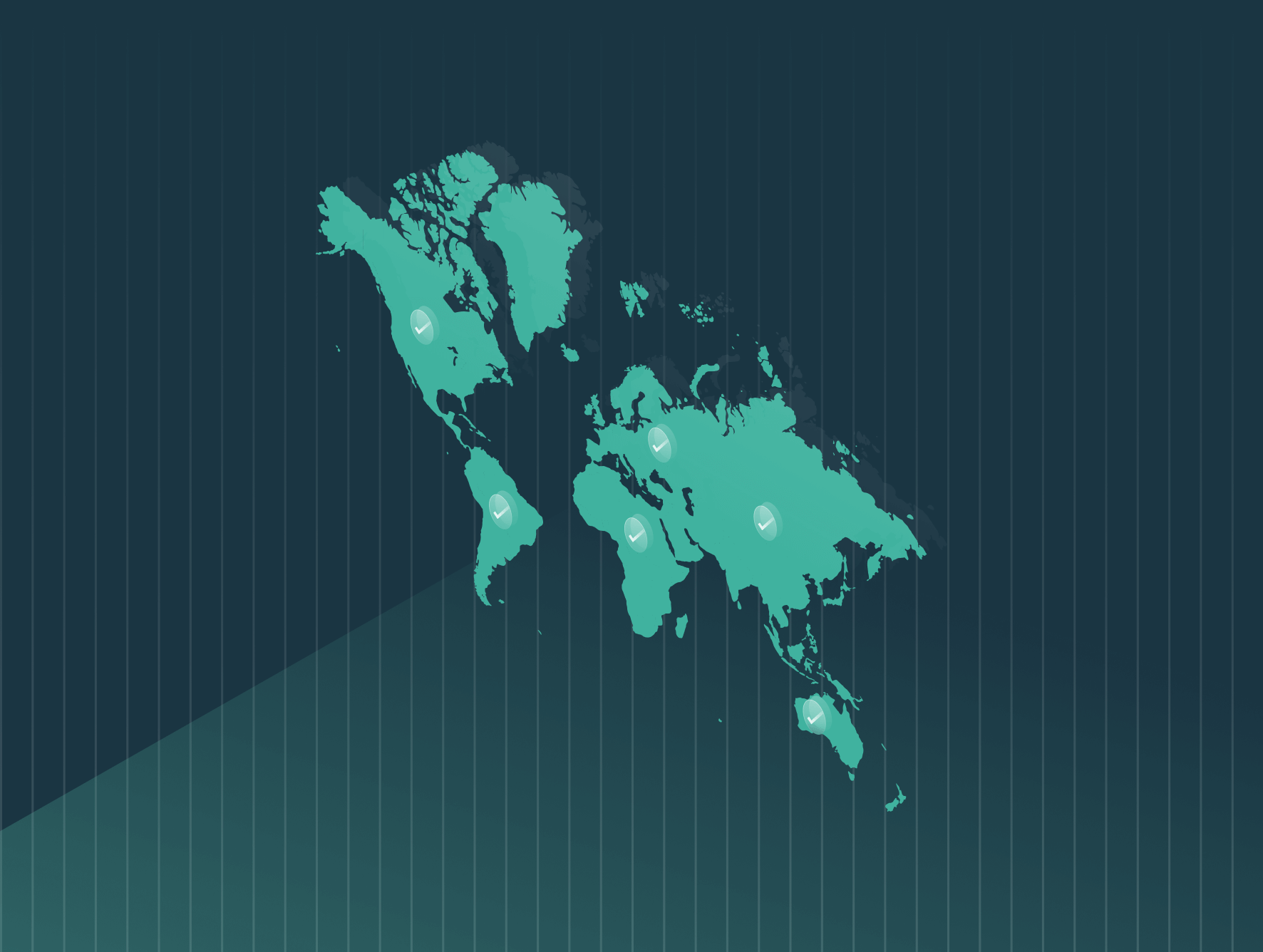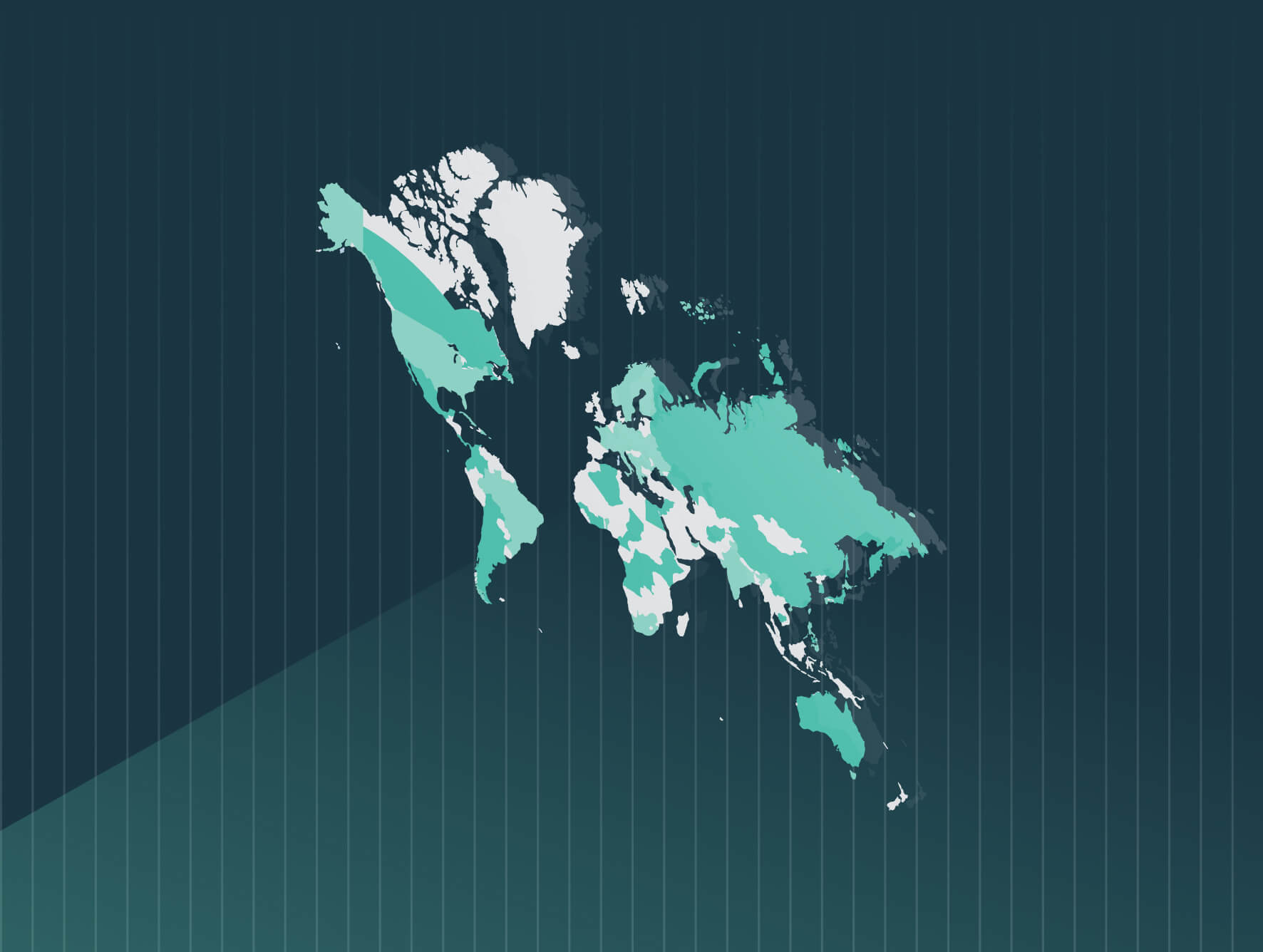As we predicted, pay transparency has become a priority for employers worldwide in 2023. Governments and organizations are taking major steps to address disparities in pay and ensure workplace fairness.
Failing to comply with legislation can lead to a rise in class action lawsuits, and subsequent financial penalties for employers. In this article, we highlight the complex legal global landscape of pay equity and its implications.
What is pay transparency?
Pay transparency is the open sharing of information on compensation with current and prospective employees. It requires employers to provide clear and accessible details about salary ranges and additional compensation, such as benefits and bonuses.
Legislation is ultimately aimed at closing the gender pay gap and creating workplace fairness. That’s because most working women are unlikely to see equal pay in their lifetimes. America’s gender pay gap has narrowed only marginally in twenty years, prompting a growing number of states to act. And there are signs of progress.
Over one in four US workers are covered by pay transparency legislation according to data from the National Women’s Law Center. What’s more, August 2023 data from Indeed shows that half of US job listings now include pay information, and that figure is rising. Since February 2020, salary mentions in job postings have nearly tripled.
Legal implications for employers
As pay transparency legislation expands across the globe, employers face significant and complex legal implications. Below, we highlight some major jurisdictions and their contrasting approach to pay equity, which illustrate that complexity:
US & Canada
EEOC targets equal pay: Pay equity claims are on the rise in the US. In fiscal year 2022, over 950 pay discrimination charges were filed with the EEOC, the first increase in pay equity claims in three years. Advancing equal pay is a named targeted priority for the EEOC in its Strategic Enforcement Plan Fiscal Years 2024-2028.
Washington State employers are facing a dramatic rise in class action lawsuits, since its Equal Pay and Opportunity Act came into effect on January 1, 2023. Companies with 15 or more employees must include a wage scale, salary range and benefits information on a job posting. The Seattle Times highlights 31 lawsuits filed since June against employers including Adidas, and IT organization Insight Global. Washington’s Department of Labor and Industries received 224 complaints about employer non-compliance through the end of September.
Class action lawsuits can have severe consequences, both reputationally and financially. In May 2023, for instance, Goldman Sachs agreed to a $215 million settlement for a gender discrimination class action lawsuit.
Stakes increase for New York employers: As well as state-wide and local pay transparency legislation, wage theft is now a form of grand larceny in New York.
Companies in Colorado and Hawaii must also comply with amended pay transparency legislation with effect from January 1, 2024. Illinois employers have an additional 12 months to prepare for pay transparency laws. Given the experience of Washington-based employers, the time to act is now.
British Columbia’s Pay transparency Act Effective November 1, 2023, employers in British Columbia must state the expected salary or wage range in all publicly advertised job opportunities. At present the act is an “opt in” model. The government has no powers to enforce legislation, or issue penalties for non-compliance. That may change. It does, however, include non-binary employees in its pay gap reporting.
UK & Europe
Achieving pay equity in the EU: Facing a pay gap of 12.7%, the EU has taken major strides towards workplace fairness. Member states have less than three years to transpose the game-changing Pay Transparency Directive into law.
The EU’s approach is uncompromising, triggering a JPA (Joint Pay Assessment) for unjustified pay gaps of 5% or more. In cases of alleged pay discrimination, the burden of proof is on the employer. Compensation for recovery of back pay is uncapped.
Additional pay equity legislation in the EU: The EU’s Corporate Sustainability Reporting Directive (CSRD) more than quadruples the number of organizations required to report on sustainability. To comply with its Pay Equity Related Standard and Auditor Requirements:
“Under the draft standards, the employer must report the Basic Salary and Remuneration Ratio (or Annual Total Compensation Ratio) between male and female employees.”
Almost 50,000 employers are now affected by CSRD reporting, up from 11,700. 10,000 non-EU companies must comply; of those 31 percent are American (approximately 3,000), 13 percent are Canadian, and 11 percent are British.
Pay transparency struggles in the UK: Following Brexit, the UK has dispensed with hundreds of EU-derived laws, and uncertainty remains around equal pay protections. Once a leader in introducing gender pay gap reporting, the UK appears to have lost some ground. Pay transparency in job postings is at a 7 year low and a salary transparency pilot has been discarded. Ethnicity pay gap reporting, introduced earlier in April 2023, is not mandatory.
But employers still face equal pay claims. Birmingham City Council, Europe’s largest local authority, faces bankruptcy over an equal pay dispute. Retail giant Next, and UK supermarkets also await the outcome of equal pay claims, which could amount to £8 billion ($11 billion).
Benefits of pay transparency
Adopting a policy of pay transparency isn’t only about compliance, it offers tangible benefits for employers.
Including salary in your job listings can attract more talent to your open positions. A study from Adobe, found that 85% of college graduates were less likely to apply for a job if salary wasn’t included. Including pay data in job listings can also begin to eliminate bias, close pay gaps, and promote workplace fairness. Pay equity is also inseparable from DEI (Diversity, Equity, and Inclusion) initiatives.
In a competitive job market, a policy of pay transparency can be the key difference in your ability to attract and retain talent. Korn Ferry predicts a global talent shortage of more than 85 million people by 2030, equating to $8.5 trillion in unrealized revenue.
Compliance begins with a pay equity audit
Pay transparency is here to stay. Partnering with a pay equity software provider can help to navigate complex pay equity laws. Start with a pay equity audit to identify pay disparities and address their root causes.
Trusaic PayParity can help your organization to comply with evolving pay legislation. Our best-in-class pay equity software carries out an intersectional pay equity audit. PayParity conducts a pay equity audit across your workforce at the intersections of gender, race/ethnicity, age, disability, and more.
Trusaic is also GDPR compliant and can assist any organization in any EU state in meeting its obligations under both the EU CSRD and Pay Transparency Directive.








